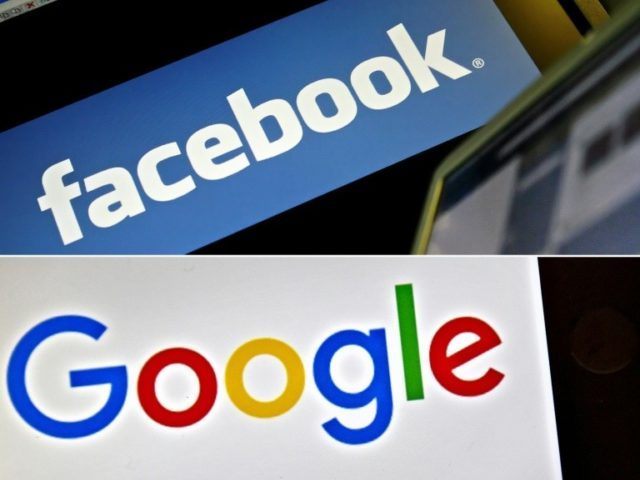The New York Times published an op-ed recently naming the online advertising business as the “Internet’s Central Villain.”
The New York Times published an op-ed recently titled “Tackling the Internet’s Central Villain: the Advertising Business,” which investigated the influence of advertising on the internet. The op-ed written by Farhad Manjoo states:
Ads are the lifeblood of the internet, the source of funding for just about everything you read, watch and hear online. The digital ad business is in many ways a miracle machine — it corrals and transforms latent attention into real money that pays for many truly useful inventions, from search to instant translation to video hosting to global mapping.
But the online ad machine is also a vast, opaque and dizzyingly complex contraption with underappreciated capacity for misuse — one that collects and constantly profiles data about our behavior, creates incentives to monetize our most private desires and frequently unleashes loopholes that the shadiest of people are only too happy to exploit.
Manjoo talked to advertising industry experts such as Randall Rothernberg of the Interactive Advertising Bureau:
“In the early days of online media, the choice was essentially made — give it away for free, and advertising would produce the revenue,” said Randall Rothenberg, the chief executive of the Interactive Advertising Bureau, a trade association that represents companies in the digital ad business. “A lot of the things we see now flow out from that decision.”
Mr. Rothenberg’s organization has long pushed for stronger standards for online advertising. In a speech last year, he implored the industry to “take civic responsibility for our effect on the world.” But he conceded the business was growing and changing too quickly for many to comprehend its excesses and externalities — let alone to fix them.
“Technology has largely been outpacing the ability of individual companies to understand what is actually going on,” he said. “There’s really an unregulated stock market effect to the whole thing.”
Manoo also discusses how advertising can be exploited:
“You can’t have it both ways,” Mr. Scott said. “Either you have a brilliant technology that permits microtargeting to exactly the people you want to influence at exactly the right time with exactly the right message — or you’re only reaching a small number of people and therefore it couldn’t be influential.”
The consequences of the ad business don’t end at foreign propaganda. Consider all the nutty content recently found on YouTube Kids — not just the child-exploitation clips but also videos that seem to be created in whole or in part by algorithms that are mining the system for what’s popular, thencreating endless variations.
Why would anyone do such a thing? For the ad money. One producer of videos that show antics including his children being scared by clowns told BuzzFeed that he had made more than $100,000 in two months from ads on his videos.
Read the full op-ed in the New York Times here.
Lucas Nolan is a reporter for Breitbart News covering issues of free speech and online censorship. Follow him on Twitter @LucasNolan_ or email him at lnolan@breitbart.com

COMMENTS
Please let us know if you're having issues with commenting.